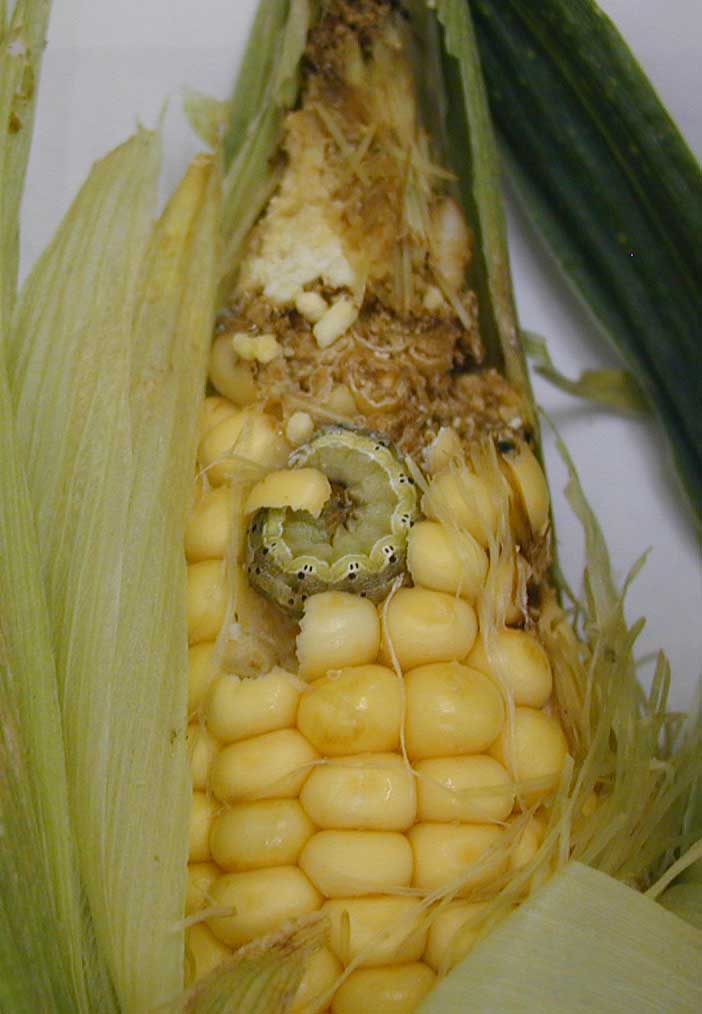We continue to monitor corn earworm, fall armyworm, and beet armyworm at several locations around Virginia. On the Eastern Shore, Helene Doughty observed the following this week: Very low (less than 4 moths per week at several of the Northampton County locations, but 34 CEW moths caught in Painter, VA in Accomack County. Fall armyworm activity has been low throughout Virginia, but Helene did pick up on increased numbers (13 moths) in a bucket trap in Townsend, VA. which is the highest so far this year, but still relatively low. In addition, Helene is monitoring for beet armyworm moth, which can deposit eggs on many different crops from soybeans, cotton, and vegetables like tomatoes, peppers, beans, beets, and spinach. There were high numbers of BAW moths (218) caught in Painter, VA this week. So be on the lookout for this pest. I’ve noticed over the years that they will often attack pigweed and lambsquarters weeds before infesting cash crops.

In Clover, VA (Halifax County), Mr. Bill Tiver has been monitoring for CEW moths all summer in his commercial sweet corn and has experienced relatively high catch most of the summer. This week he caught 174 CEW moths coming off of 228 moths last week. These are high numbers and has resulted in high CEW pest pressure. He told me that he has sprayed his sweet corn every 3 days, but has still suffered about 15% ears infested with CEW larvae. We don’t have all the information nailed down for thresholds yet, but moth catch over 100 probably suggests that your spray interval should be reduced to every two days. I know, easier said than done, but we can definitely reach heavy CEW flights, which command frequent controls, especially on non-Bt sweet corn.

In Blacksburg, we have not caught very many CEW moths in our sweet corn (< 5 moths per week), but several harvests of our plots this week yielded about 60-75% ears infested in our untreated control plots, despite low CEW moth trap catch. So, it is hard to figure out what trap catch really means.
